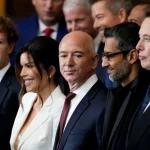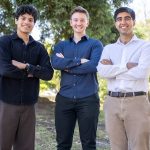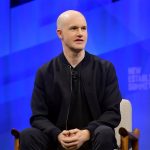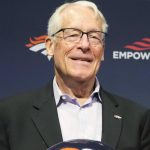Nepotism or Next-Gen Visionary? Inside David Ellison’s Rise from Heir to Hollywood Power Player
David Ellison’s recent Skydance-Paramount deal, an $8 billion maneuver, has not just catapulted him to the center of Hollywood's shifting power structure—it has forced a provocative question: Did he truly earn this unprecedented ascent, or was the path simply paved by his father, tech titan Larry Ellison? The answer, upon closer inspection, is far more intricate than a simple "silver spoon" narrative. While inherited privilege undoubtedly offered a crucial head start, David Ellison’s strategic acumen, innate creative instincts, and relentless persistence have forged a trajectory that actively defies the typical heir-who-dabbles cliché.
Early Life and Education: Hollywood Roots with a Silicon Valley Edge
Born in 1983, David Ellison arrived into a world defined by affluence, the son of Oracle co-founder Larry Ellison and Barbara Boothe. Yet, from an early age, his fascination gravitated not towards enterprise software, but the magnetic pull of storytelling and the boundless skies. His brief stint at the University of Southern California’s School of Cinematic Arts ended prematurely—an unconventional departure that suggested ambition but initially fueled skepticism.
This wasn't a retreat, but a pivot. Ellison plunged headfirst into an experiential, entrepreneurial education, immersing himself in the practicalities of film sets and production. Concurrently, his passion for aviation deepened; he became an accomplished aerobatic pilot, a discipline demanding precision, foresight, and audacious risk-taking—qualities that would later subtly infuse his business strategy and even his film choices, most notably the blockbuster Top Gun: Maverick. He was not merely observing; he was actively learning the mechanics of a complex industry from the ground up, even if his safety net was gilded.
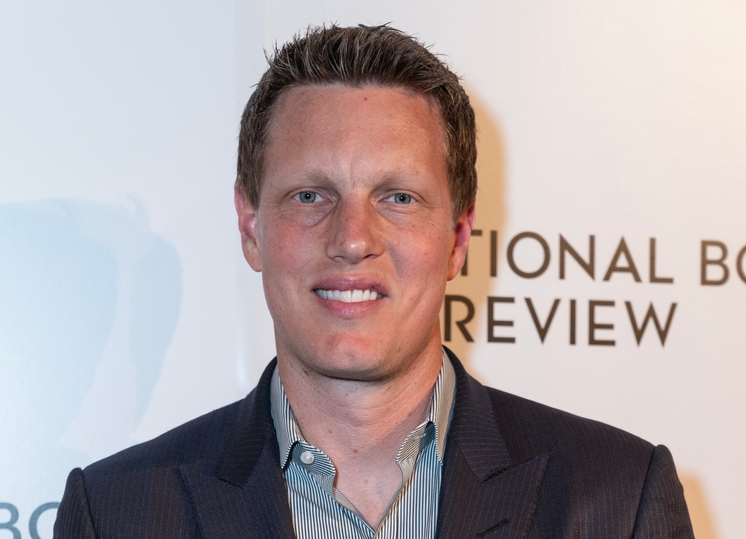
From Actor to Executive: Skydance’s Genesis
After a brief foray into acting, Ellison founded Skydance Media in 2010, at the remarkably young age of 27. Yes, his father's funding provided initial leverage, but capital alone cannot conjure a thriving studio from thin air. While many scions fumble such opportunities, Skydance swiftly secured a pivotal co-financing deal with Paramount Pictures, a partnership that would become a cornerstone of its early success. Their first major hit, Mission: Impossible – Ghost Protocol (2011), swiftly cemented Skydance’s reputation.
Under Ellison’s direct leadership, Skydance blossomed into a truly diversified content ecosystem, expanding strategically into animation, television, and interactive media. His executive acumen didn't just mature; it innovated. Skydance’s distinctive approach focused on leveraging data-driven insights for project greenlighting and prioritizing franchise intellectual property to build sustainable, long-term revenue streams—a strategy evidenced by their continuous success with the Mission: Impossible and Top Gun series. Notably, Skydance also embraced technological integration, partnering with Oracle (his father's company) to develop cloud-based animation infrastructure, enhancing efficiency and reducing costs for projects like Spellbound. This forward-thinking blend of creative instinct and technological foresight made Skydance a rare example of a new media studio that could not only hold its own, but truly disrupt legacy players.
Related: Meet Larry Ellison’s Hollywood Heirs: Where Are They Now?
The Paramount Power Move: From Partner to Owner
Ellison’s impending acquisition of Paramount Global marks a stunning full-circle moment. Once a junior partner contributing capital and production expertise, he is now poised to assume the mantle of leadership, signaling a seismic generational shift in Hollywood. This monumental $8 billion deal, widely covered by outlets like CNN and Reuters, arrives at a critical juncture for legacy media firms, which have notoriously struggled to adapt to a fragmented digital landscape defined by streaming wars and evolving consumption habits.
For Ellison, this isn't just a personal milestone; it's a profound strategic play to transform an aging icon into a media and technology enterprise. His stated vision involves leveraging AI-assisted production, upgrading ad technology, improving Paramount+'s algorithmic recommendation engines to boost engagement and reduce churn, and a renewed, disciplined focus on high-impact tentpole films. Skydance's commitment of an additional $1.5 billion to pay down Paramount's substantial debt further underscores Ellison’s serious intent to stabilize and modernize the company from its foundational layers, aiming to create a leaner, more viable media giant. He often cites Steve Jobs, remarking, "Art challenges technology, technology challenges art," encapsulating his belief in this symbiotic relationship as essential for the future of entertainment. David Ellison, the founder and CEO of Skydance Media, is estimated to have a net worth of approximately $500 million as of mid‑2025
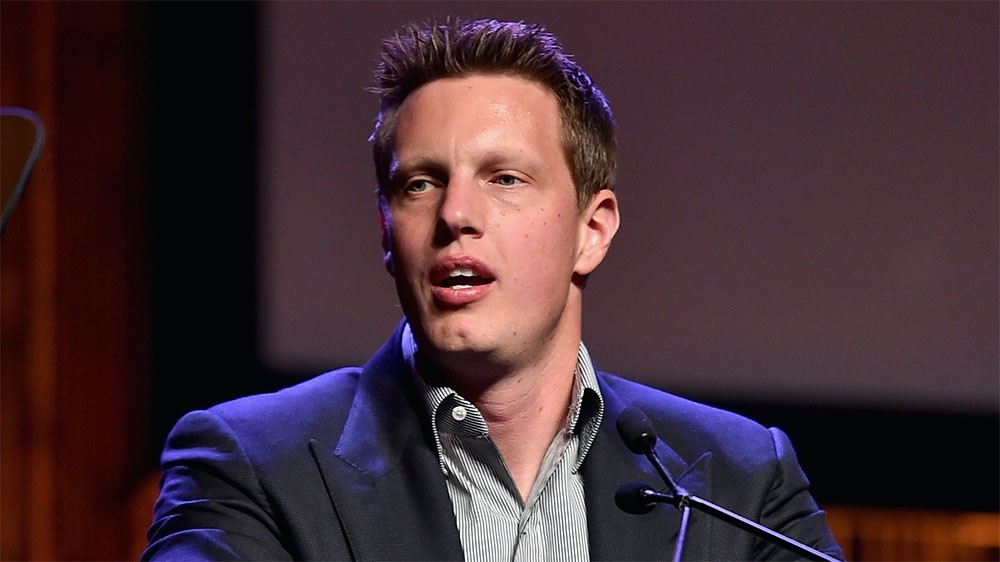
The Verdict: Visionary by Design
Critics are quick to highlight Larry Ellison’s financial backing as a critical enabler, and they are not entirely wrong. Wealth undeniably opens doors. However, history is littered with scions of billionaires who, despite immense capital, have presided over fleeting ventures, made poor strategic choices, or simply lacked the sustained drive to build something lasting. Their failures often stem from a fundamental misunderstanding of the industry or a lack of personal conviction.
What truly differentiates David Ellison is his undeniable ability to leverage inherited privilege into tangible, demonstrated performance. Skydance’s consistent commercial success, its strategic expansion into diverse content verticals, its pioneering embrace of technology in production, and now, this audacious, complex, and potentially transformative acquisition of Paramount Global, collectively form a powerful rebuttal to the "just Larry's son" narrative. He is not merely inheriting a throne; he is actively rebuilding its foundations. David Ellison stands as a visionary in his own right—a meticulously calculated risk-taker and an astute strategist who is not just reshaping the future of Hollywood, but actively engineering it.
Related: Gen Z Heirs: Redefining Family Fortunes Through Wellness & Impact





